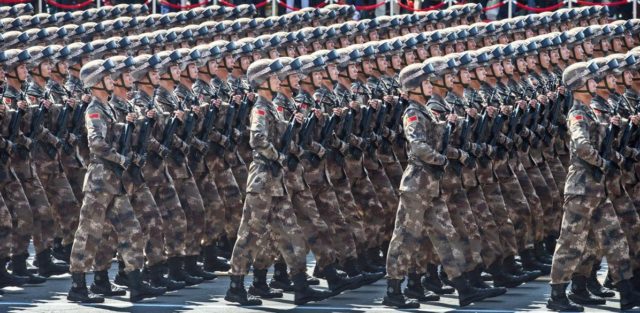By Shamsher Hakla Poonchi
24 Nov , 2016
Gujjar community mostly resides in far flung, hilly mountainous areas near forests and on the Indo-Pak Line of Control. They are originals from Rajputana, Gujarat, and Kathiawar. They migrated from there due to famine. Historians could not fix exact date of their migration. But some historians are of the opinion that there is some description of these Gujjars in Raj Tarangni, the famous history of Kashmir. They are mentioned as living on borders of Kashmir in 9th and 10th centuries. After some time most of them converted to Islam were divided into two sects’ viz. Gujjars and Bakarwals.
Far from being a dividing line, the well known range of Gujjar region is in fact the major linking range of hills and mountains around which the saga of heroic Gujjars and Bakarwals is woven from times immemorial. Strange as it sounds, this watershed has bound together rather than distanced the two climatically and topographically varying regions of the State, viz. Kashmir valley and Jammu Division.














